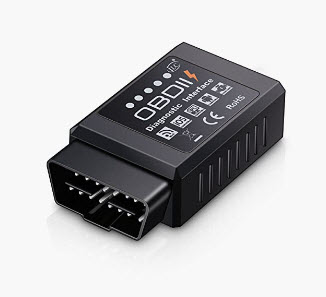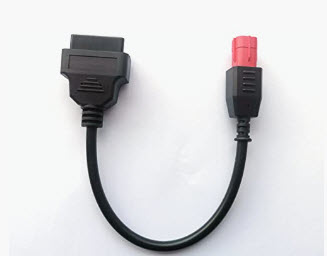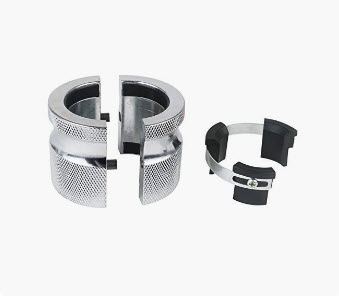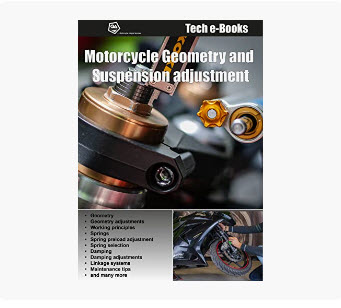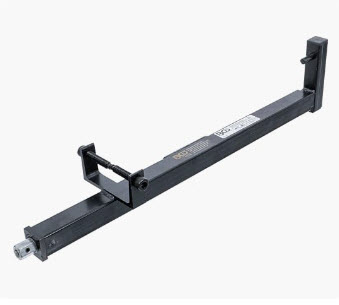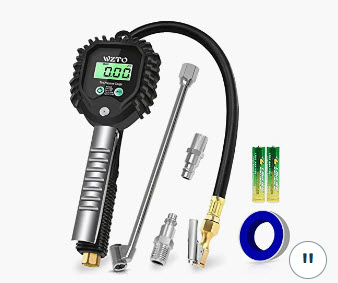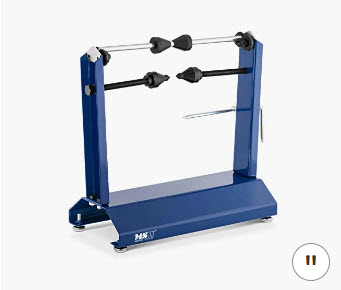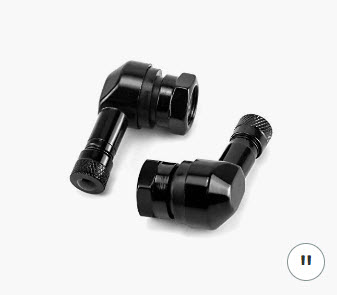IMUs: Revolutionizing Motorcycle Performance and Safety

Inertial Measurement Unit in Motorcycles
If you’re someone who keeps up with the latest developments in top-tier models from the best brands, you’ve probably noticed many of them now feature something called Inertial Measurement Unit (IMU).
These mysterious black boxes are the cornerstone of the most advanced traction control and ABS systems.
These IMUs, which at first glance look like concentrated soup cubes but with black magic instead of chicken, can achieve what was considered impossible in mass-produced street bikes just a few years ago.
The Inexpensive Electronics Doohan Wanted but Couldn’t Buy
A level of traction control that the world championship riders of the late ’90s couldn’t even dream of.
Doohan would have likely bought it to avoid his two serious injuries (though, being a true Australian, he would have spat chewing tobacco on the box for show).

Although rudimentary traction control systems were being developed in the late ’90s, it wasn’t until the release of the Ducati 1098R in 2008 that the first of the new generation of traction controls appeared.
Their spread has been so extensive that your next bike will likely come equipped with it as standard.
For those who are resistant to technology, I pose a question:
Do you really want to go back to carburetors?
Because electronic fuel injection, which initially had many detractors, is now something normal that works perfectly.
With new electronic engine management and control systems, manufacturers prioritize ensuring these systems don’t interfere with normal riding. Only when physical limits are reached do these systems step in to correct the situation.
You can take an ABS system as an example.
Every time you use the brakes, the ABS doesn’t kick in. Your guardian angel only appears as pulses in the brake lever when there’s a change in traction between the tire and the road or when it’s raining.
Under normal circumstances, the system remains hidden in the background, and you don’t even notice it’s there.
The first traction control system made by the giant Bosch and equipped with a gyroscope dates back to 2007.
Using gyroscopes to know the lean angle of the bike is vital.
Due to the nature of a motorcycle tire, which has a rounded profile, you can’t just use wheel speed sensor signals to determine when the rear wheel starts to slide while the bike is cornering.
If you lean the bike 45 degrees while taking a corner, for example, the wheels have a smaller diameter.
Logically, this affects their angular speed, and a system could easily “think” it’s sliding when it actually isn’t.
That’s why a good traction control system needs a gyroscope as much as you need food.
The Key to the IMU: Microelectromechanical Systems (MEMS)
These tiny mechanisms look like computer chips but are actually miniature mechanical devices instead of just electronic components.
These small mechanisms have a mass suspended inside a vacuum capsule, held by tiny springs made of silicone with a lifespan similar to that of Dick Clark.
Motion detection is done by monitoring changes in electrical capacitance.
IMUs are equipped with several gyroscopes and accelerometers inside, thanks to MEMS technology.
Gyroscopes, which have nothing to do with the ones you’re imagining in airplanes, are small vibrating structures based on the idea that a vibrating mass will try to keep vibrating in the same direction even if the structure containing it rotates or changes direction.
In the case of accelerometers, the mass doesn’t need to vibrate; it’s just a mass held by silicone springs that can move back and forth to measure acceleration in a single direction.
These micro-mechanical components are sensitive enough to measure movements as small as the radius of an atom’s nucleus!

What is an Inertial Measurement Unit?
An IMU is ultimately a single piece that combines accelerometers and gyroscopes to measure linear accelerations and changes in orientation.
By comparing these measurements and adding the reading of the wheels’ angular speed, a motorcycle equipped with an Inertial Measurement Unit can know exactly what’s happening at any moment.
If the rear wheel is about to slide or lock up, if both wheels are in contact with the ground, the lean angle…
And if we add the “ability” to control brake pressure through the ABS system, engine torque through electronic fuel injection, and throttle bodies…
We get things like stability control, anti-wheelie (though this isn’t very popular), rear-wheel lift suppression during hard braking, or aids for braking while cornering without losing the bike’s trajectory.
Another function, besides the mentioned aids in traction control and ABS, is to combine this data together with the data issued by the electronic suspensions.
With this Inertial Measurement Units-electronic suspension combination, the best possible adjustment for each situation can be achieved immediately. Immediately means less than 0.001 seconds.
It can improve ride comfort, increase stability, or reduce braking distance by minimizing fork dive and adjusting the rear shock extension during braking.
But no one should feel overwhelmed or satisfied: this is just the tip of the iceberg.
What’s next?
Bosch is already working on IMUs with greater performance and features. Check out the Two-wheeler and Powersport website here.
So in the not-too-distant future, motorcycles could have a level of dynamic performance never seen before or even be able to detect accidents before they happen.
It seems utopian or excessively far-fetched. But remember, just a few years ago, it was claimed that street bikes could never have 100% effective traction control.
However, perhaps the greatest success of these electronic aids, thanks to the presence of an IMU, is that in 99% of cases, you don’t even realize it’s there.
It doesn’t affect the riding experience, so critics of electronic systems don’t have much to say, just a deep and silent “thank you” after the cold sweats down your back when it saves you from disaster.



